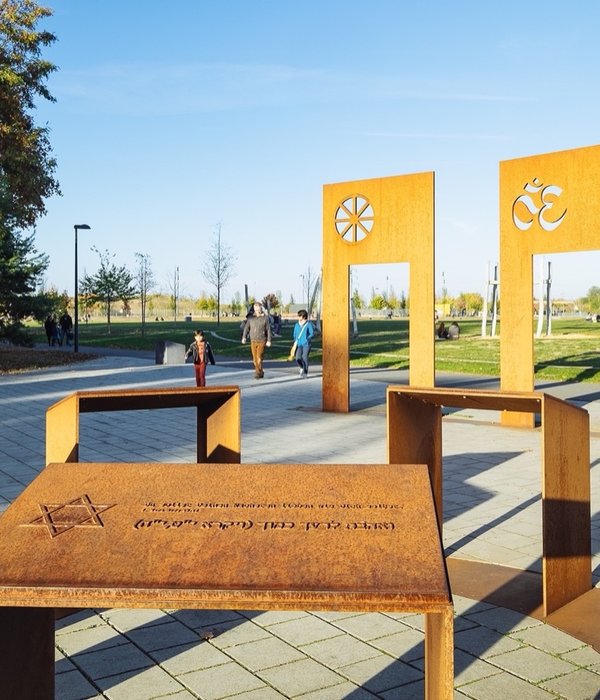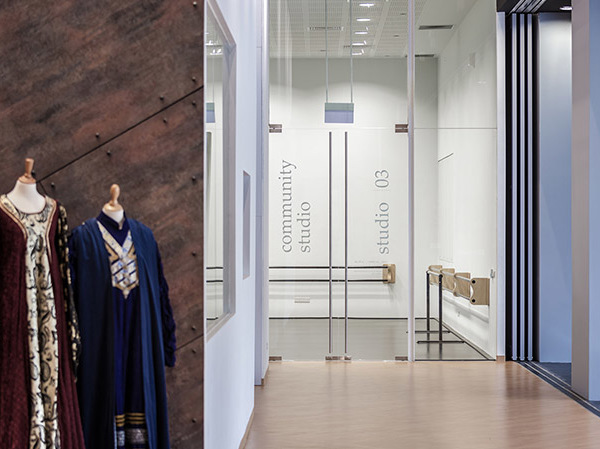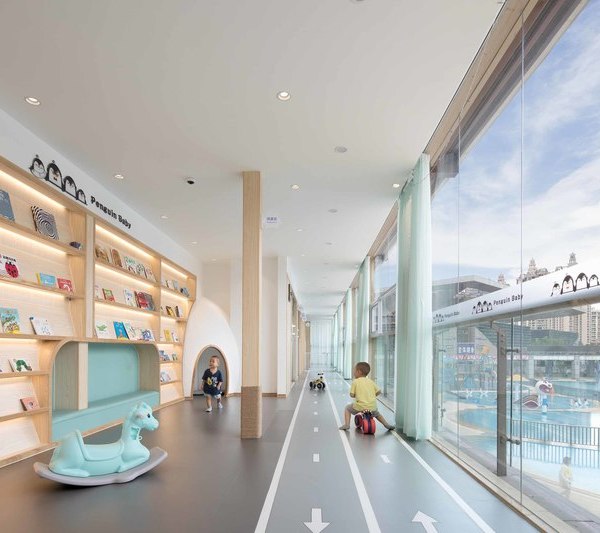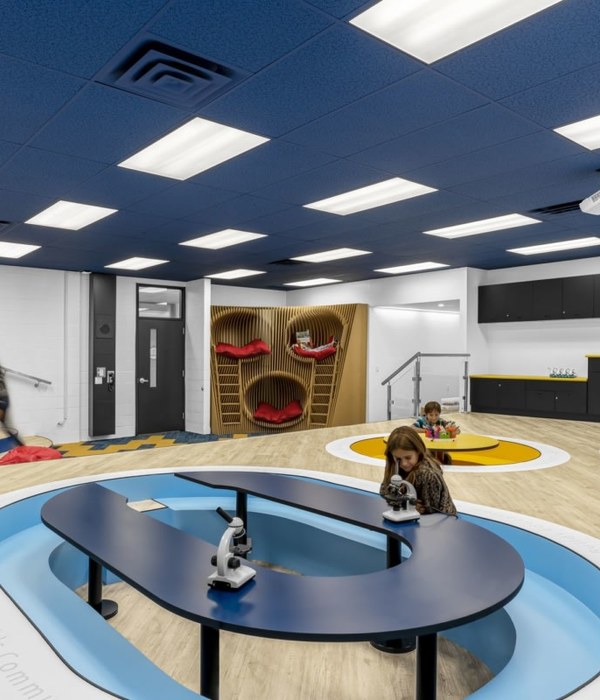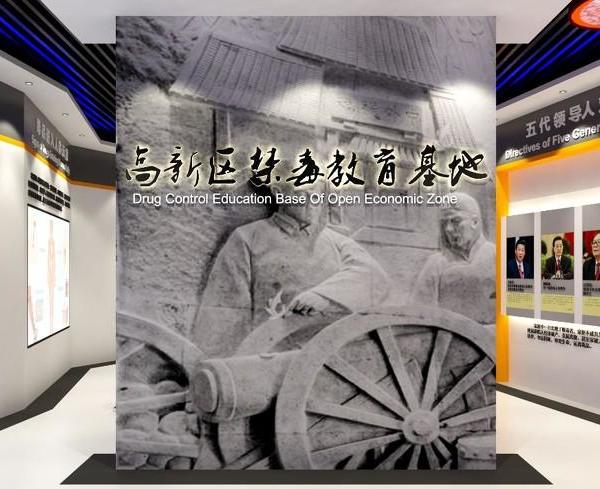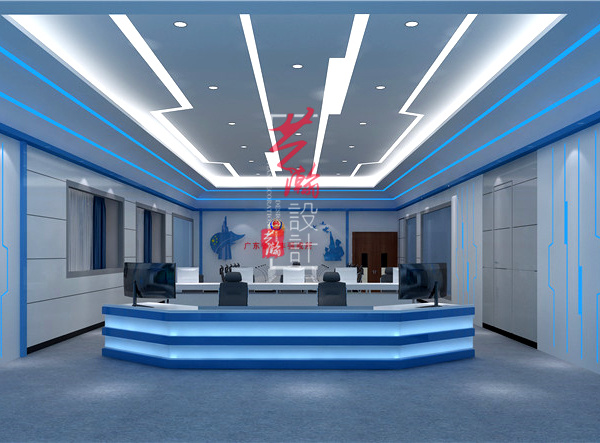Architect:HADE
Location:Seoul, South Korea; | ;View Map
Project Year:2020
Category:Primary Schools;Secondary Schools
Seoul Jeongmin School is a special education school for students with severe and multiple physical disabilities, and operates special classrooms including sensory playrooms and physical exercise rooms for students’ physical health as well as emotional development. While improving the aging classroom condition, it was intended to create a spatial environment suitable for the disability characteristics of current students and to induce more efficient rehabilitation and play activities through the interconnected space arrangement.
The sensory playroom is a space for students to relax their bodies outside of mobility aids, and to play with various sensory exercises. The sensory areas of body relaxation, vestibular, audiovisual, tactile sensations, and psychological stability are located at various heights, and free movement between different heights is induced through play elements such as ramps, cloud stairs and slides, encouraging students’ physical exercises as well.
Sensory teaching aids such as a trampoline, a ballpool, a slide and cloud stairs, which are typically placed independently from each other, are incorporated into the overall space design of a floor mat area, a table mat space, and an attic at various heights where students can feel themselves navigate through a small village with the story of interconnected spaces and connecting routes.
By moving away from the typical educational space and utilizing circular and curved shapes, it provides students with the experience of ‘Sensory Play Village’ that moves freely in various directions and heights.
The physical activity room is divided into two areas: the static area for body relaxation and the dynamic area for mobile exercises. The dynamic area is connected to the doorway where various mobile exercise devices can be used and stored, whereas the static area is located near the window, so that the body relaxes on a floor mat and a table mat where the outside view is possible at the same time as the activities.
In the two areas, the height of mat floors, wall teaching aids, and storage spaces are custom-designed in consideration of the class operation direction, order, and teaching tools to maximize the efficiency of overall class operation. The track floor pattern in the dynamic area not only serves as a guide route for mobile exercises, but also sets boundaries for vestibular activities at the center, and posture maintenance and other exercise areas at both ends, and forms a ‘Small Indoor Playfield’ for students with disabilities.
Considering the characteristics and the size of each rehabilitation equipment, spacious storages were designed, and the teaching aid storage spaces needed for each area were placed adjacent to improve the efficiency of class operation and space utilization, and to promote the balanced use of various teaching aids.
▼项目更多图片
{{item.text_origin}}

